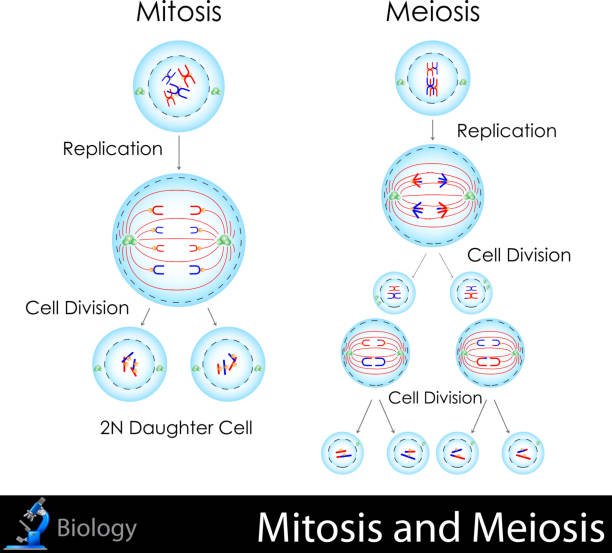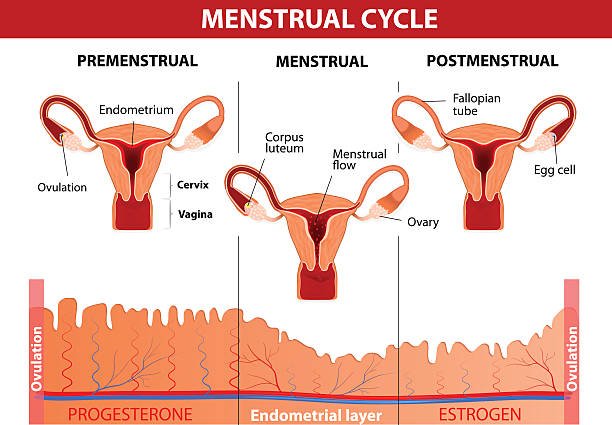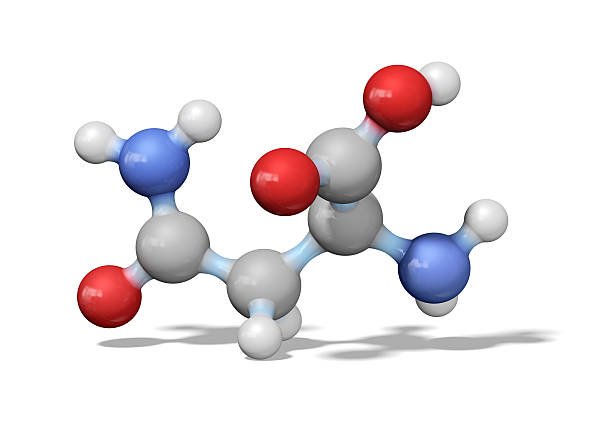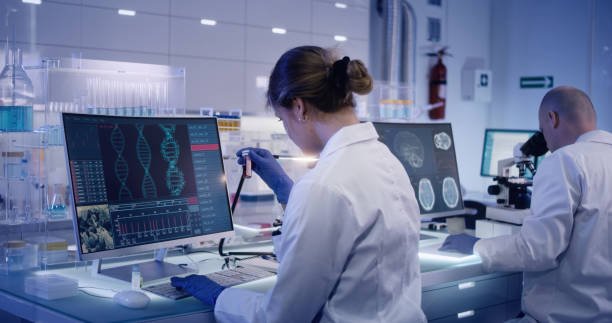Meiosis Practical Grade 12 CAPS South Africa: Meiosis is an important topic in biology and genetics, and it is typically covered in Life Sciences Grade 12 as part of the South African Curriculum and Assessment Policy Statement (CAPS). Here’s a suggested guide practical experiment that Grade 12 students can perform to help understand the process of meiosis:
Meiosis Practical Grade 12 2023 Guide CAPS South Africa
Aim: To observe the stages of meiosis in cells undergoing gametogenesis.
Materials:
- Compound microscope
- Prepared slides of cells undergoing meiosis (e.g. prepared onion root tips or grasshopper testes)
- Staining solution (e.g. acetic orcein)
Method:
- Prepare the microscope and stain the cells using the staining solution.
- Place the prepared slide under the microscope and locate cells undergoing meiosis.
- Observe the cells and identify the different stages of meiosis, including prophase I, metaphase I, anaphase I, telophase I, and prophase II, metaphase II, anaphase II, and telophase II.
- Draw and label the cells at each stage of meiosis.
Results: The results of the experiment should include labeled diagrams of cells undergoing meiosis at each stage. Students should be able to identify the differences between mitosis and meiosis and explain the significance of meiosis in the production of gametes.
Conclusion: Meiosis is an important process that allows the production of haploid cells with genetic diversity. The stages of meiosis can be observed under a microscope, and a proper understanding of the process can help students better understand genetics and inheritance.
Meiosis Questions and Answers
Q: What is the purpose of meiosis? A: The purpose of meiosis is to produce haploid cells (gametes) with genetic diversity.
Q: What is the difference between mitosis and meiosis? A: Mitosis results in the production of two genetically identical diploid daughter cells, while meiosis results in the production of four genetically diverse haploid daughter cells.
Q: What are the stages of meiosis? A: The stages of meiosis are Prophase I, Metaphase I, Anaphase I, Telophase I, Prophase II, Metaphase II, Anaphase II, and Telophase II.
Q: What happens during crossing over? A: During crossing over, homologous chromosomes exchange genetic information, resulting in genetic diversity.
Q: What is the significance of meiosis in genetics and inheritance? A: Meiosis is significant in genetics and inheritance because it allows for the production of genetically diverse haploid cells, which are necessary for sexual reproduction and the passing of genetic traits from parent to offspring.
Q: What is the difference between homologous chromosomes and sister chromatids? A: Homologous chromosomes are pairs of chromosomes that carry genes for the same traits, while sister chromatids are identical copies of a chromosome that are held together by a centromere.
Q: What is the difference between haploid and diploid cells? A: Haploid cells have only one set of chromosomes, while diploid cells have two sets of chromosomes.
Q: What is the role of spindle fibers in meiosis? A: Spindle fibers are responsible for separating the chromosomes during cell division, including meiosis.
Q: What is the difference between meiosis I and meiosis II? A: Meiosis I separates the homologous chromosomes, while meiosis II separates the sister chromatids.
Q: What is the significance of independent assortment in meiosis? A: Independent assortment is the random distribution of homologous chromosomes during meiosis, which results in genetic diversity and increases the chances of producing offspring with unique combinations of traits.
Q: What is nondisjunction and how can it affect meiosis? A: Nondisjunction is the failure of chromosomes to separate properly during meiosis, which can result in cells with abnormal numbers of chromosomes (e.g. trisomy or monosomy). This can lead to genetic disorders such as Down syndrome.





